Why Do Female Cats Spray When in Heat and How to Stop it?
Why do female cats spray when in heat? Female cats in heat will spray strong-smelling urine all over the house to attract males and let them know they are available to mate. For indoor cats, spraying might be followed with the urge to go outdoors to seek a mate. The only solution to stop this is to get your female cat spayed once it reaches sexual maturity.
Why do female cats spray when in heat?
Why do female cats spray? Spraying is a known behavior among cats during the estrous period. The estrous cycle is the reproductive period of female cats, also known as the ‘heat cycle’. Most cats will start undergoing the estrous cycle once it reaches six months old. Some cats may take longer before reaching sexual maturity, depending on the breed and unique characteristics.
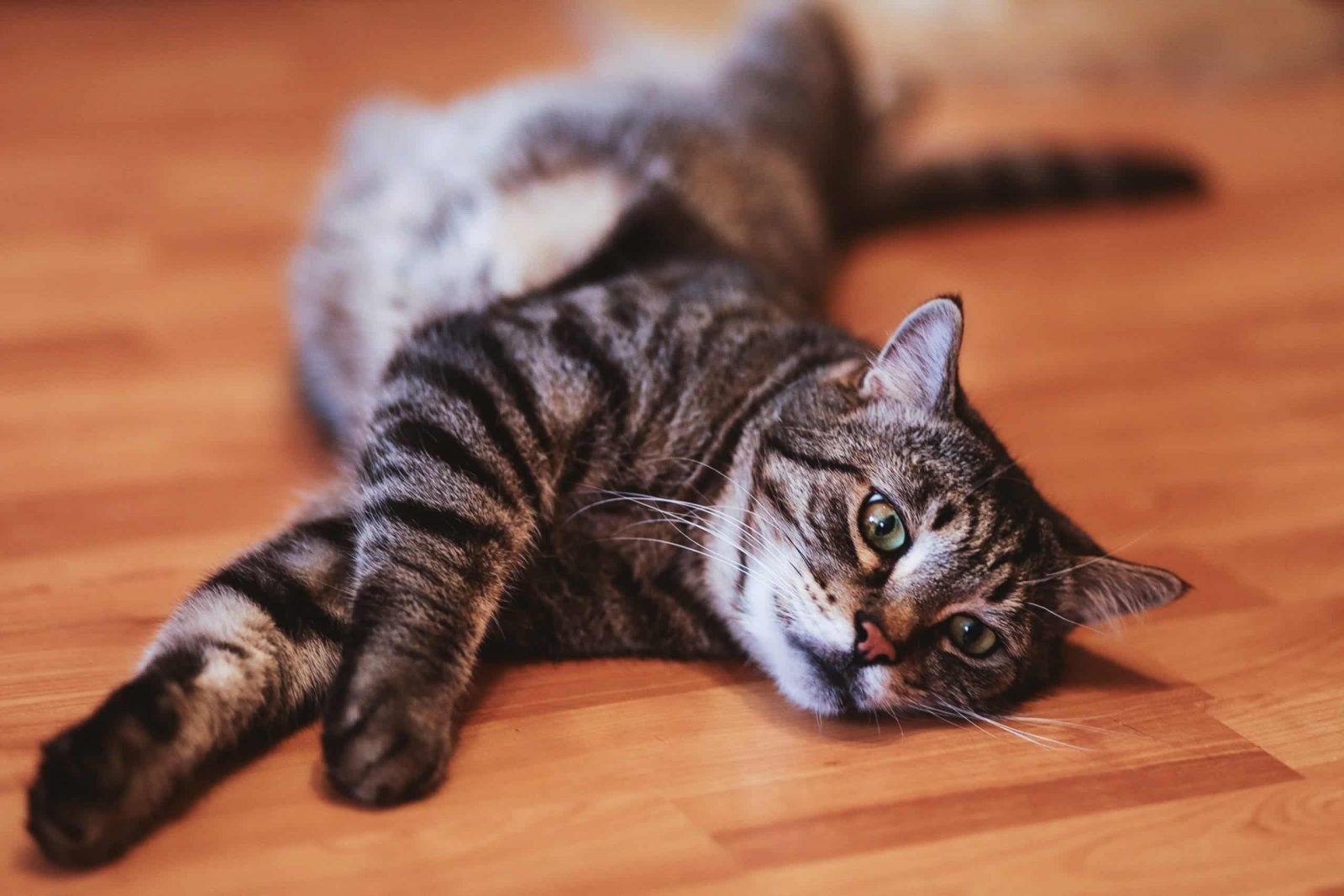
Within an estrous cycle, your cat will experience several estrus or ‘heat’ stages. This stage is when your cat is sexually receptive and the time when spraying is done by female felines.
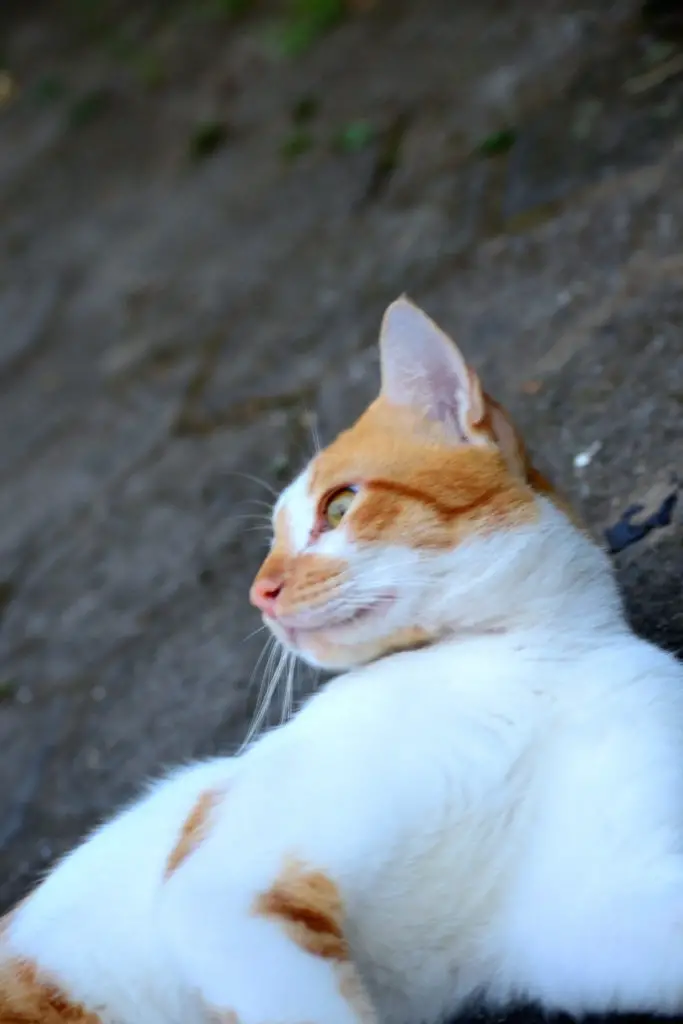
Each estrus stage will usually last for up to six days, but, again, it will vary on each cat. If your female cat isn’t mated on the first estrus stage, the kitty will go out of heat for a short period.
Excessively affectionate
During the reproductive period, your female cat’s hormones will go haywire. You will notice that your cat is more affectionate. They will rub to your incessantly and seek your attention all the time.
Spraying and marking
Scents play a vital role in reproduction and communication for cats. Your female cat will spray urine with a stronger odor than usual.
Becoming more vocal
Aside from spraying, female cats in heat will vocalize louder than usual. Some will even howl loudly to attract male cats. This is a common problem of cat owners, especially those who are in shared homes.
Urge to wander
Regardless if you have an outdoor or indoor cat, it will have an extreme urge to wander when in heat. The cat may try to bolt out of the door when you open it. Some would be desperate enough to attack your doors or windows.
Rubbing or humping
Rubbing is typical to some female cats even if they are not in heat. However, if your female cat has increased physical affection, it might be undergoing the estrous cycle. Some cats will hump or exhibit the mating position. Yes, even female cats may hump. Others will rub their rear on surfaces, including your legs.
How to stop a female cat from spraying while in heat
If your female cat is in heat and spraying all over, the following are the most effective solutions:
Clean previous sprays
The first thing you should do is to clean the previous sprays that your female cat made. As the scent lingers, the cat will be more attracted to re-spray that area.
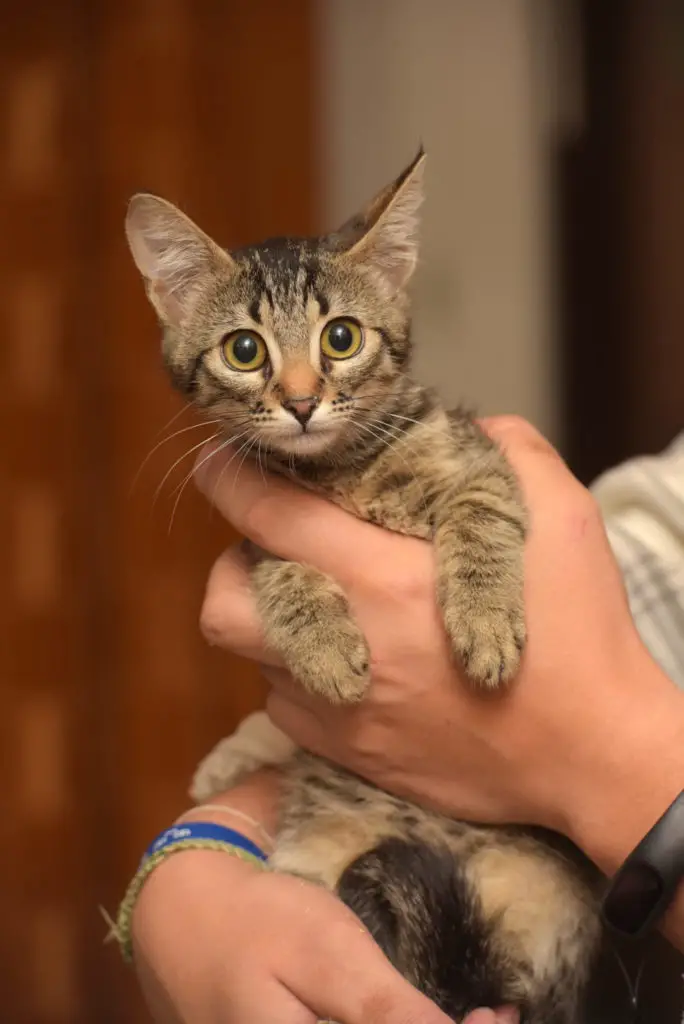
What you need to use is an enzyme cleaner made for pet urine. Unlike soaps and detergents, enzyme cleaners are packed with microorganisms that break down and consume the remaining proteins of your cat’s urine. After their job is done, the microorganisms will die and leave no trace of pet urine.
Ask the vet about prescriptions
If your cat keeps on spraying even after the heat cycle, it’s possible that there are stressors on their surroundings. You can ask your cat’s veterinarian about anti-anxiety prescriptions that may help reduce the spraying. If medications aren’t possible, you can use a pheromone spray that mimics the natural scent that felines leave on surfaces to mark their territory.
Consider spaying your cat
The only effective remedy is getting your female cat spayed. This will stop your cat’s reproduction and hormonal changes associated with the estrous cycle. Spayed cats also exhibit a calmer disposition because their urges to mate is no longer present.
During a spaying procedure, the veterinarian will make an incision below the female cat’s belly button. The incision will go as far as the abdomen to access the reproductive system of a cat. Take note that the process includes the removal of the ovaries, uterus, and reproductive tract. The external wound will be sealed with non-dissolvable stitches, skin staples, or skin glue. It’s important to put an Elizabethan collar a.k.a. “cone of shame” to your female cat after the operation so it will not lick the wound.
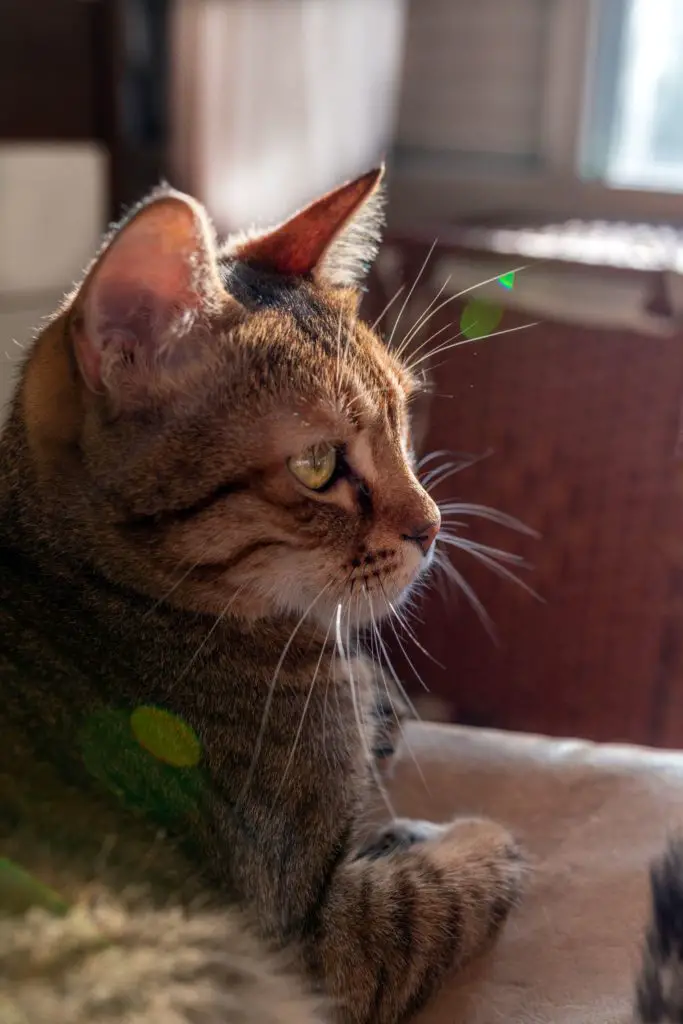
Do female cats spray after being spayed? After spaying, female cats will have reduced spraying and they will no longer display any habits of a reproductive cat. Cats should only be spayed once they reach six months of age or upon sexual maturity, whichever comes first. This will ensure that their body have grown and that their hormones have stabilized before desexing.
Frequently Asked Questions
Q: How long do female cats stay in heat?
A: How long is a cat in heat? Each heat cycle will last for a couple of days, but the entire estrous cycle will span for up to three to six weeks.
Q: How can I help my female cat in heat?
A: Many cat owners swear by giving a cat in heat a warm pad to sit on. It keeps the kitty calm, but you should control the temperature, so it doesn’t burn their skin. Extra playtime and physical stimulation will help a lot to distract your female cat from spraying.
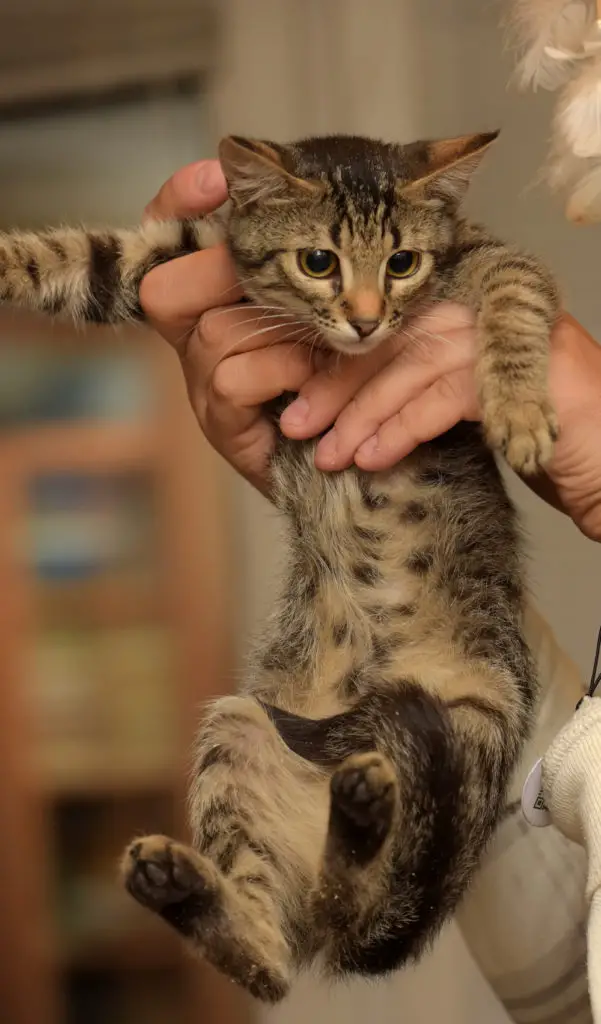
Q: How do you stop a cat in heat from meowing?
A: Female cats in heat will meow louder and more frequently. To reduce the noise, you can give your pet extra playtime as well as using a pheromone diffuser. Keeping your cat busy will distract it from spraying or meowing too much.
Q: Are cats in pain when in heat?
A: Due to the loud meowing, it’s easy to assume that female cats are in pain when they are in heat. The truth is that the feline doesn’t feel pain, but discomfort. It’s part of the estrous cycle that you have to deal with, but it doesn’t necessarily mean that your kitty is suffering.
Q: How far away can a male cat smell a female in heat?
A: Unlike their normal urine, female cats in heat will spray urine with a stronger odor. Believe or not, but male cats can sniff this scent for as far as a mile away. If you have a male cat at home and you don’t want your cat to get pregnant, you must keep them separated until the estrous cycle ends.
Q: At what age do cats stop going into heat?
A: Most cats will start having heat cycles at the age of six months. However, some cats can mature faster and will start experiencing estrous cycles for as early as four months old. You must watch out for some tell-tale signs so your cat’s vet can help you with the cycle.
Q: How long does a male cat stay in heat?
A: Male cats don’t go in heat like females do. They only respond to female cats that are in heat. If not neutered, male cats will hump things if they weren’t able to mate with a female cat.
Q: Why do cats act weird when they are in heat?
A: Female cats that are in heat will have fluctuating hormones, which leads to weird behavior. The howling, loud meowing, and spraying is their effort to attract male cats around. This behavior will last until the heat cycle ends.
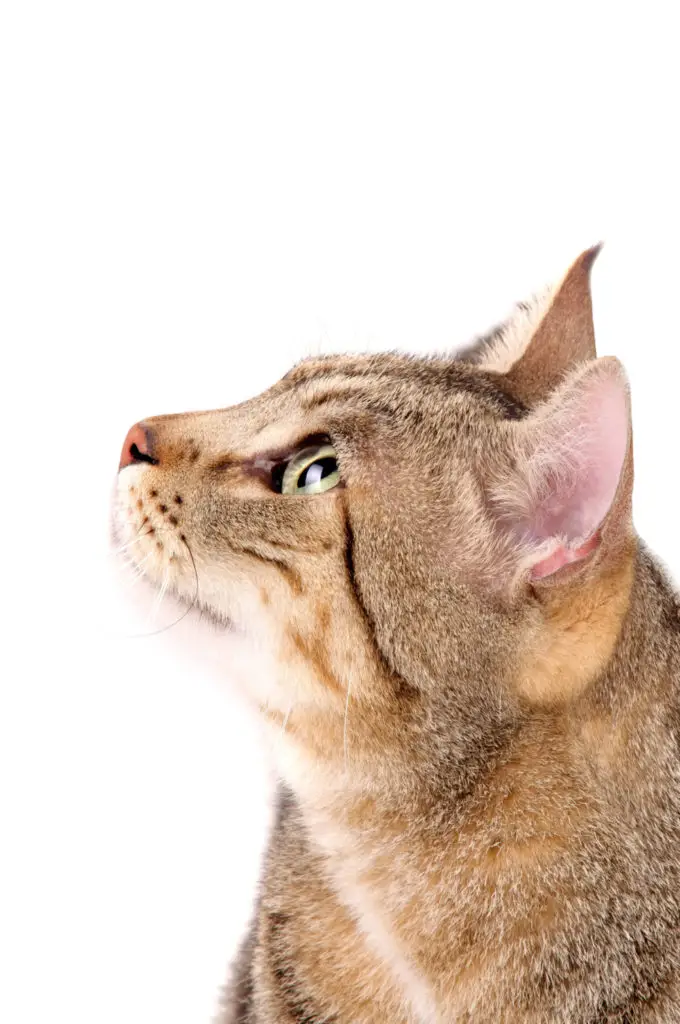
Q: How many times a year does a cat go in heat?
A: Most female cats will have multiple estrous cycles within a year. With this, a female cat can have about 3 to 5 litters per year if it gets to mate on each reproductive cycle.
Final words
So do female cats spray when in heat? Yes; the spraying is to signal to male cats that they are available for mating. If the spraying is becoming intolerable, spaying your female cat is the best decision. It will stop them from entering the estrous cycle, and it will also reduce the spraying.
